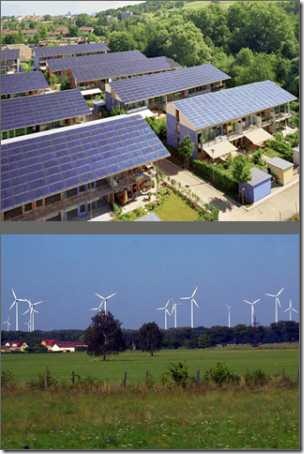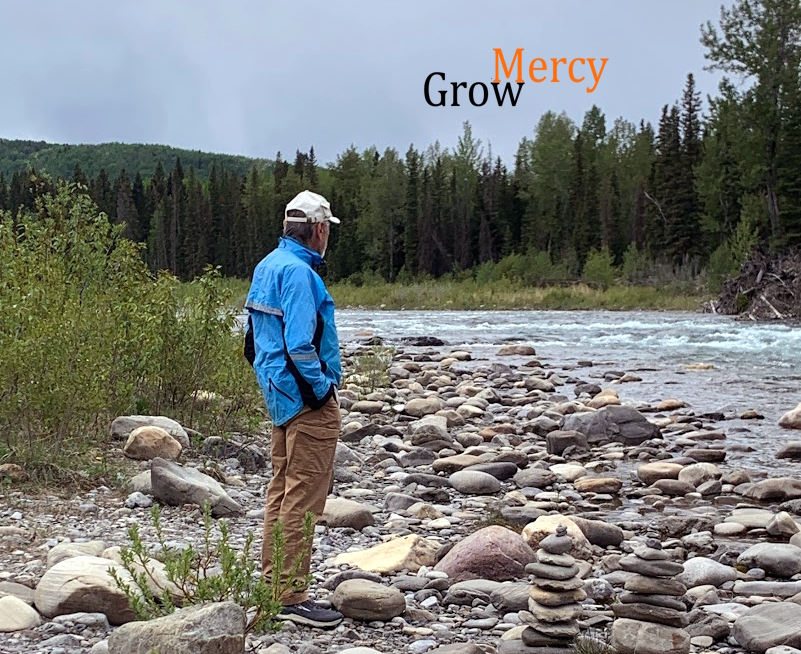There is a picture of my three older siblings and me standing on top of a snow bank. My hand is in my sister’s, I am reaching up. My scarf-bundled head reaches her waist. Her head and the heads of my two brothers reach the peaked roof of our farm house. That was the year we had to tunnel through a mammoth drift to leave the house.
 I don’t have the memory of walking through a snow tunnel. But I do have a memory of sliding down a drift that started at the eave of our house and landed me in front of the door of our outdoor toilet that stood leeward of the trees.
I don’t have the memory of walking through a snow tunnel. But I do have a memory of sliding down a drift that started at the eave of our house and landed me in front of the door of our outdoor toilet that stood leeward of the trees.
That this winter is the first in a score of winters to remind me of that picture, despite my love of comfort and preference for indoor plumbing, gives me a kind of grainy hope—a flicker of thought that maybe things are returning to climatic sustainability. However, like the picture that’s no doubt yellow and cracked with age by now, it seems a remote hope.
Anecdotally at least, those winters were common "back then." The winters we have these days seem precarious, out of balance and uncertain of themselves. Our climactic biotic world rolls, gathers, shakes off, and has, for decades, forgiven our bad behaviour. But the earth pushes back and recently we’ve noticed. Not so much that it has fundamentally changed our behaviour—but we are talking. And beyond our own province and continent there is talk with action.
On a sunny day last July, combined electrical output of solar panels in Germany reached more than 50 percent of the output of the nation’s 17 nuclear plants. Then on December 26 on a blustery day, wind turbines delivered free energy to the country, "…producing up to 20.100 megawatts of power, pushing the price for electricity into the negative…coal plants had to pay for power instead of selling it."
What these two events signalled is that 100% renewable energy is achievable. Germany’s only real roadblock is the nuclear energy lobby that will not relinquish profits without great fissuring belligerence.
So here’s to Germany’s leadership. Here’s to the possibility, some day, of warding off our own cold winters with renewable energy. Here’s to refusing to use our earth like we use Wal-mart.
And here’s to the unknown photographer, my mother or father, who’s memory of Saskatchewan winter storms would not be as romantic as mine, but who nevertheless took time to enjoy a moment of winter awe.

I remember the picture – you were so cute….
About the winters – I remember them as interminable, cold – that was quite the slide down the snowbank when one was in a hurry!
About 100% renewable energy … all energy costs doesn’t it? Somebody paid for the turbines, no? Those things are huge – it takes several looonng semis burning lots of diesel to haul these. They go by here quite often. Overall I think they’re a good idea, but I don’t think it’s free energy. In Saskatchewan of course they’re great because we have a lot of wind here, and you know why that is, right?
Thanks for your historical memory Sam:)
Regarding said energy: Of course, ultimately, it’s not free, but it is renewable.